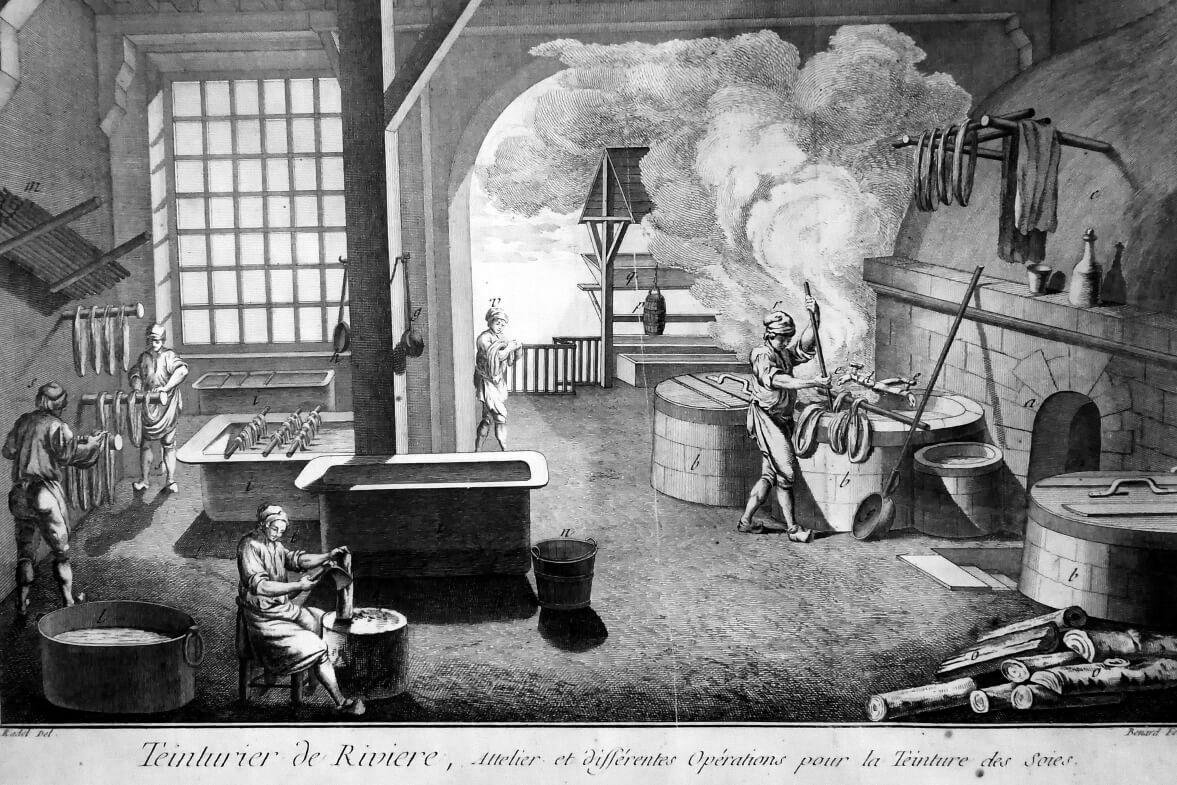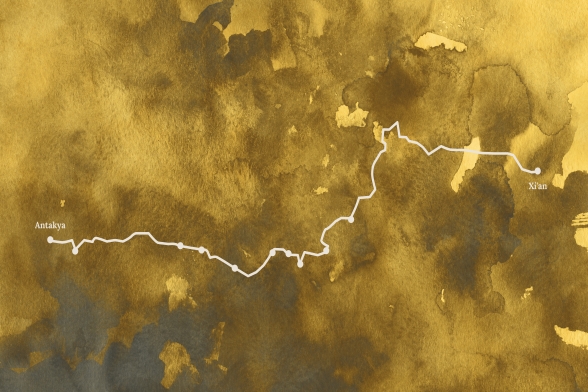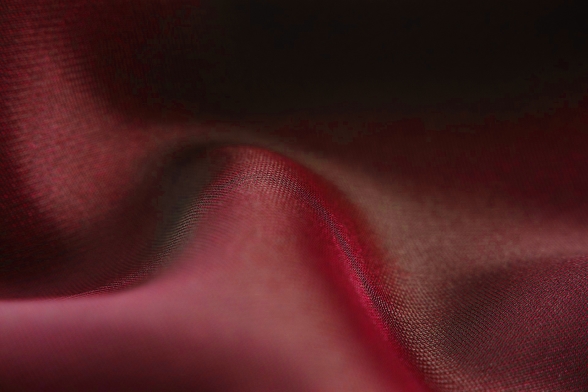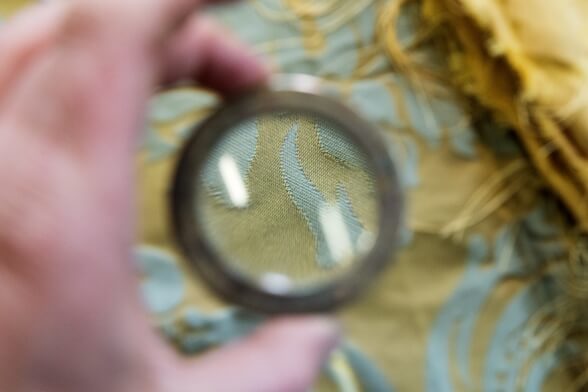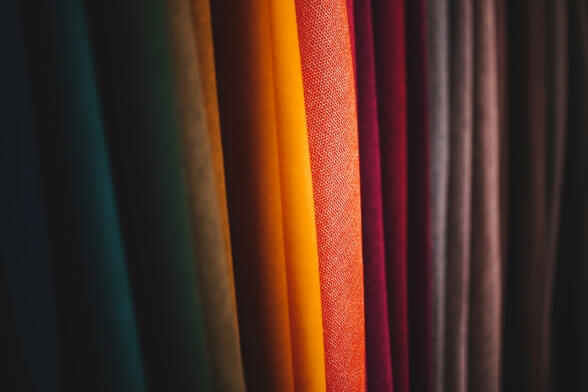The history of textile dyeing
Through grave finds the history of textile dyeing can be traced back to ancient Egypt. Also recent records by Greek and Roman writers give us information about the methods of textile dyeing at that time. The dyes used at that time were based on natural minerals, plants and animals such as ocher, saffron and purple.
In the Middle Ages, the dye industry had a small social recognition. It was commonly considered impure because dyers worked in contact with malodorous substances. In the course of the era, however, the dyeing craft became increasingly important, and guilds were formed like the thread dyers and silk dyers.
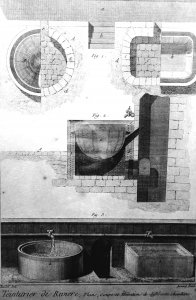 | 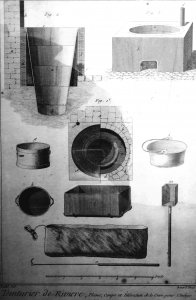 | 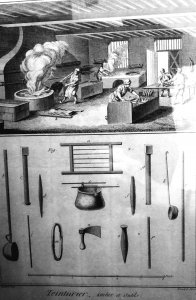 |
Dyers from the river
The shown drawings outline the still current methods of yarn dyeing and piece dyeing. In addition to the work steps for dyeing the silk, the necessary tools are also shown.
In piece dyeing, the fabric is dyed after the weaving process is complete. This is the simplest method, because large quantities of raw silk can be dyed within a short time. Disadvantage of the piece dyeing is the small range of possibilities for dyeing fabrics. For example, no multi-colored qualities can be produced in the course of piece dyeing.
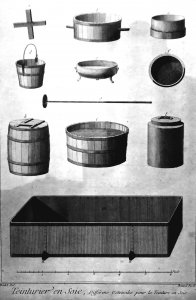 | 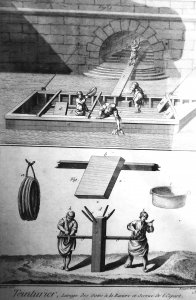 | 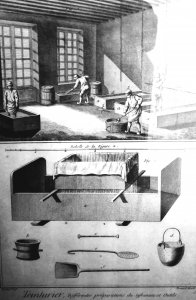 |
The yarn dyeing
During the yarn dyeing, the single silk yarn is dyed before the weaving process. This later enables the integration of different yarn colors into the silk fabric. In this way, iridescent fabrics, such as our article 3003CW - China pure silk Chiffon iridescent, can be produced. The yarn dyeing also enables the production of silk fabrics with checked or striped pattern. The pattern of the dyed yarn is visible on both sides of the fabric.
An important advantage of the yarn dyeing is the homogeneous absorption of the colour in the single yarn. In this way, a better ingress of the dye into the fibers of the silk is guaranteed. After the weaving process, , the absorption of the dye is more difficult due to the close together lying yarns. This is why color irregularities in the piece dyeing can occur more quickly.
